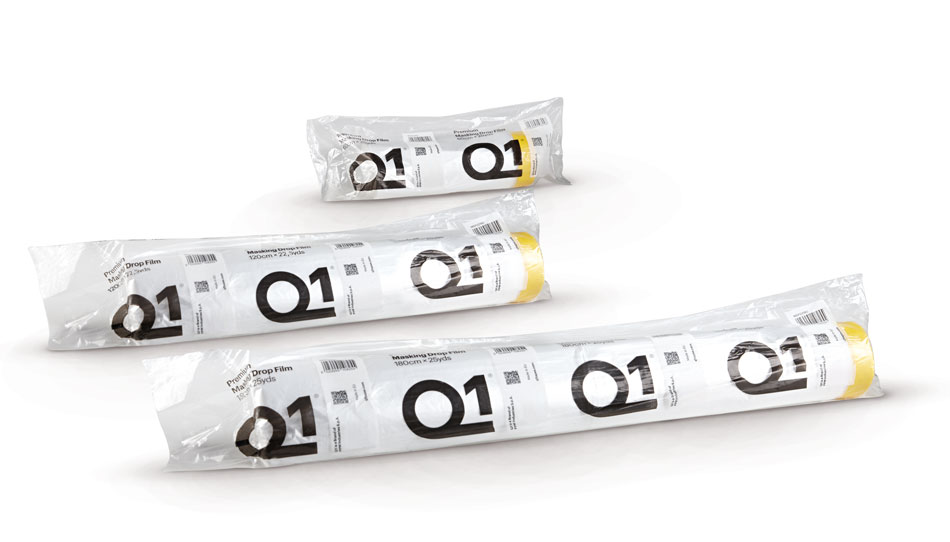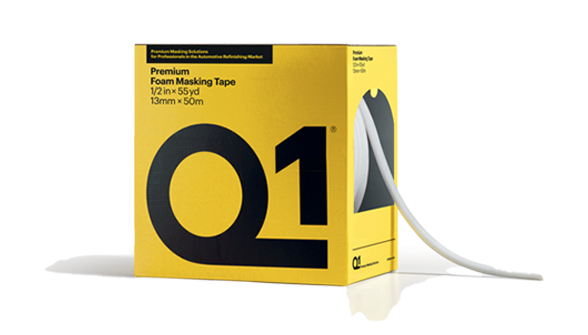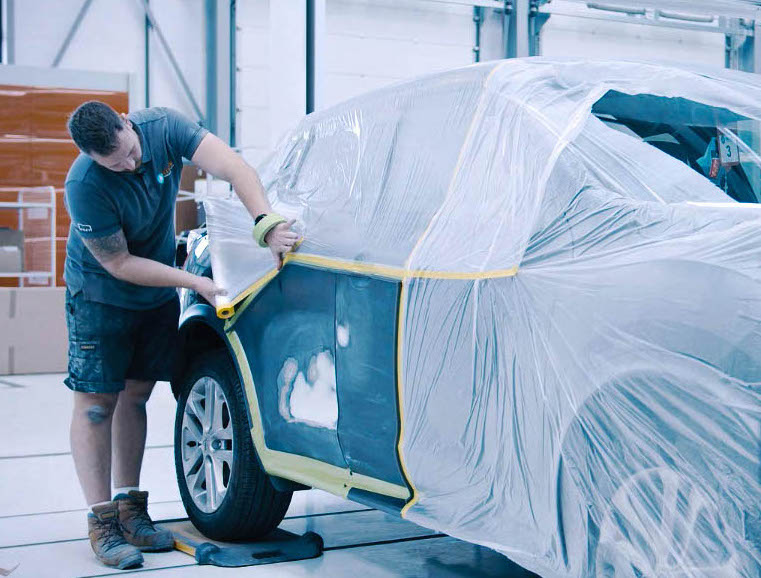Using trim masking tape is easy and intuitive, though some little advices should be follow to achieve best results. Let’s take a look in this video tutorial on how to use perforated tape.
Have you ever wondered how to paint around trim moldings? Trim Masking Tape is an innovative product, engineered to help automotive professional painters save time and gain quality when painting around trim moldings. Have you ever wondered how to paint around trim moldings? This product provides a thin plastic band on one side, created to let the tape slide in the leaks behind the moldings so to prevent the paint bleeding through. Thanks to trim masking tape, it is no longer necessary to remove the moldings when painting the near surfaces.
In this video tutorial, we discover the qualities and advantages of trim masking tape, while going through the best way to use it.
Choose a good trim masking tape
Like any other tape designed for automotive painting, trim masking tape must provide some essential features to guarantee the quality of the final result, while saving time and effort. Among these qualities, we mention:
- Ability to withstand high temperature in booth drying cycles
- Easy tear by hand, so to speed up the masking procedure
- Resistance to waterborne and solvent base paints
- Excellent conformability properties, so to easily adapt to the curves of the moldings
- Removal without residue, so to leave clean surfaces after use
- Helpful in painting around trim moldings
The best products on the market boast additional qualities and advantages, as we are going to see in the next paragraph.
How to use trim masking tape, step by step
Using trim masking tape is easy and intuitive, though some little advices should be followed to achieve best results. Let’s take a look:
- Unwind the tape and cut it at the desired length. The best products are provided inside practical boxes that ease the dispensing and are pre-cut at standard length for an easy tearing.
- Insert the side of the tape with the plastic band behind the molding, wrap the tape around the rubber and fasten it to the near surface. The tape is conformable enough to follow the curves of the moldings without ripping. Now the tape covers the entire section of the molding, preventing paint bridging and leaking through.
- Repeat the operation until you have covered all the length of the molding. When finished, mask the rest of the vehicle and prepare the booth for the drying.
After the drying, you just have to remove the tape from the vehicle. We suggest to accomplish this job as soon as possible and straight in the booth, as some tapes tend to attach to the underlying surface when the temperature drops. However, best products such as Q1® Premium Trim Masking Tape show a higher tolerance than average products on the market, and can be removed also outside the booth.











